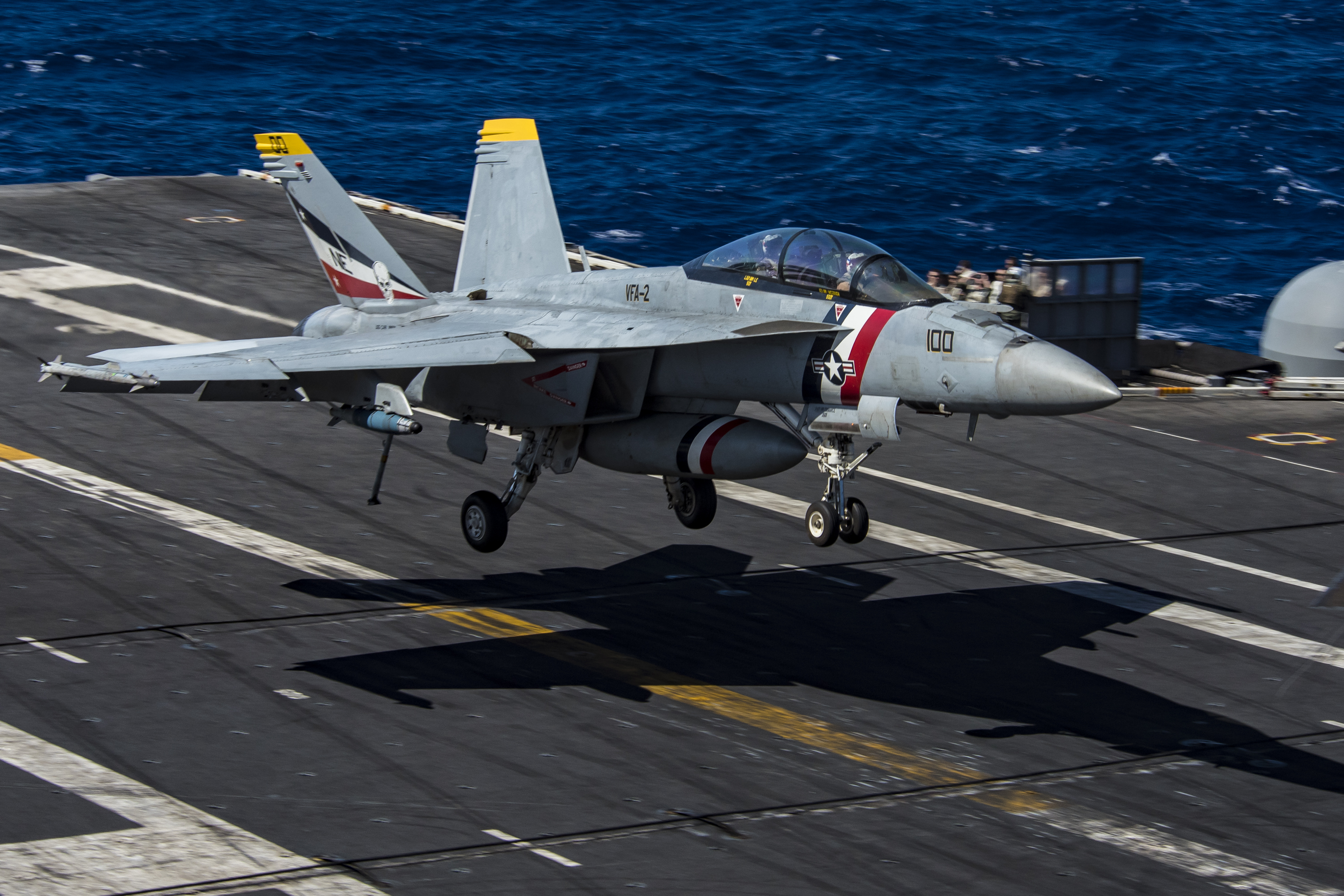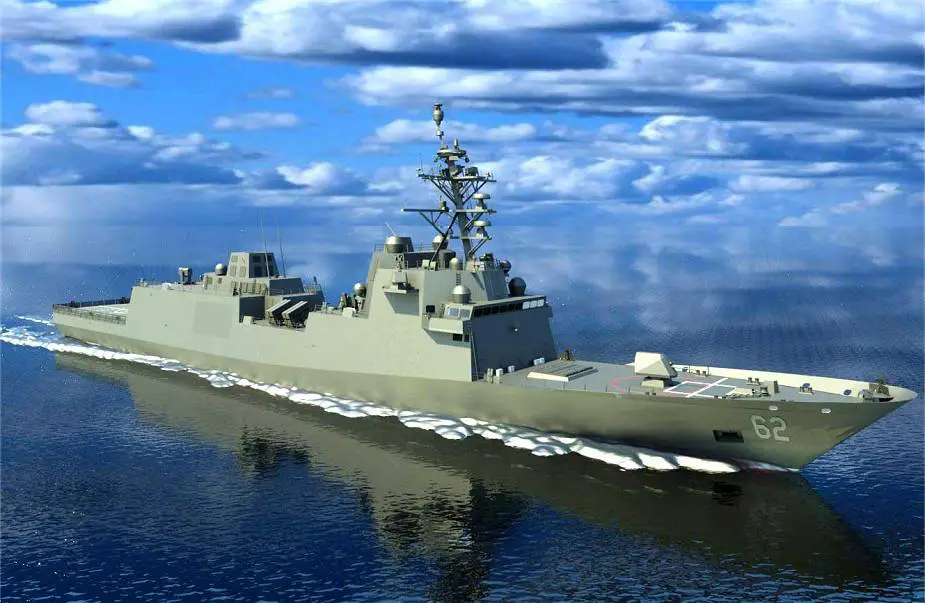No that's not a good analogy. It's not about the missile being "optional" it's about having flexibility in loadout. Operational requirements for loadouts can change from deployment to deployment between different theaters. There is absolutely no good reason for you to need to change an engine or generator between different deployment areas."Dedicated real estate which can't be used for anything else" is both normal & perfectly acceptable for things which you need to have aboard or which you intend to always carry. Frigates & destroyers usually have a permanently fitted gun at the pointy end, for example.
Putting things in multi-purpose launchers is a good idea when you consider them to be optional. When you think they're not optional, it's only worthwhile when the multi-purpose launcher doesn't cost a lot more (in money or anything else) than other ways of carrying them. It's like the gun: would it be a good idea to have a main gun in a big container which could be lifted out & replaced by another one, containing a different gun, or missile launchers? It's more flexible, & stops you having "dedicated real estate which can't be used for anything else", but is it worth the cost, complexity, etc.? How often will you want to swap out the main gun & fit something else? What about alternative engines? You could have podded GTs, diesels, etc. & big hatches to remove them through, so when you don't want to go flat out you could take out an engine & use the space for something else. Good idea?
You see what I mean. There's a cost to flexibility. It can be worth paying, but not always.
New major surface combatants don't generally adopt "unique" launchers like CAMM soft launch, as they need to carry a large and diverse inventory of weapons. You only do unique installs where it's really needed or particularly beneficial.
No other Navy that expects to engage in high end warfare has done anything other than standardize on something conceptually similar to MK41 VLS. The Russians and Chinese have universal VLS with caliber variants for bigger/smaller missiles, Australia is all Mk41, the JSMDF is all in on MK41 VLS even for their own locally developed missiles, and the Koreans have a very similar K-VLS for their locally developed missiles.
Canada's decision to mount both ESSM and CAMM (but in VLS form) should also be illuminating.
If it makes so much sense, why doesn't the Type 45 have a dedicated launcher for CAMM?
You're also implying there's a unique "tax" on size/weight/complexity in having a VLS launcher vs a soft launch system.
This is only really true if CAMM is the most capable missile you intend to carry (which would say a lot about the level of threat you expect it to face). In any other mixed case, (ie where you have a need for higher performance missiles) all the redundancy, plumbing, wiring, CMS integration, etc that you get with VLS is already "paid for" by the requirement for the higher end missiles. In fact, having a unique launcher would be less efficient as you would have to duplicate all the support hardware, training, logistics, possibly even additional personnel, etc that already exists for one launcher.
Or, I mean, I guess it's still quite possible every other Navy is wrong.
Believe so as well.@spoz I believe that the RNZN Mk-41 were the self defence variant, not the tactical variant so will have been a shorter length than the tactical length variant.
Quite a few RAN WEEOs I've talked to have stated it'd be nice to be able to fit just a few of the SM-2 inventory to the ANZAC to go along with CEA radar to take advantage of the added range - the impression I got was the launcher was too short to fit a SM-2.
Last edited:




